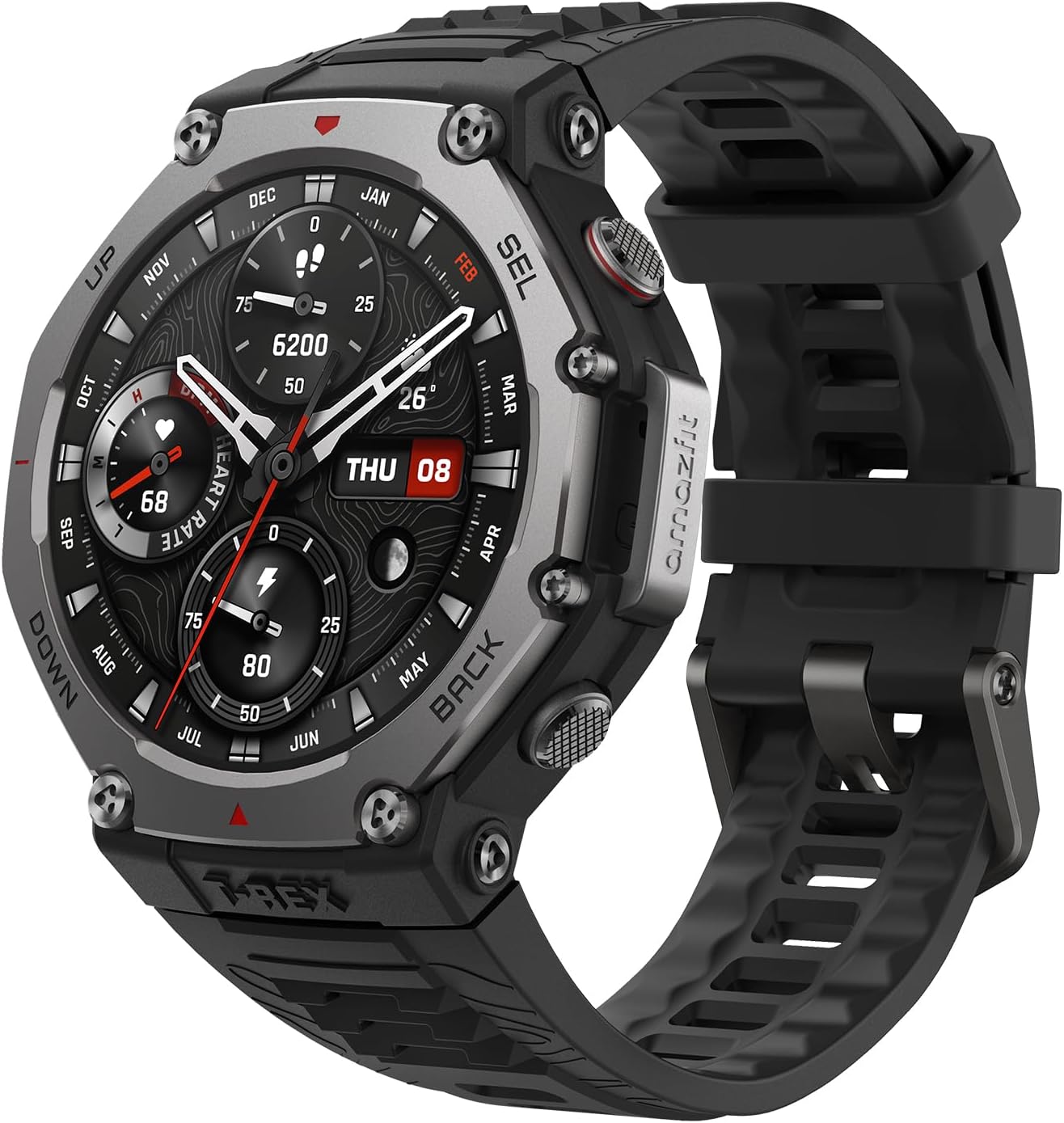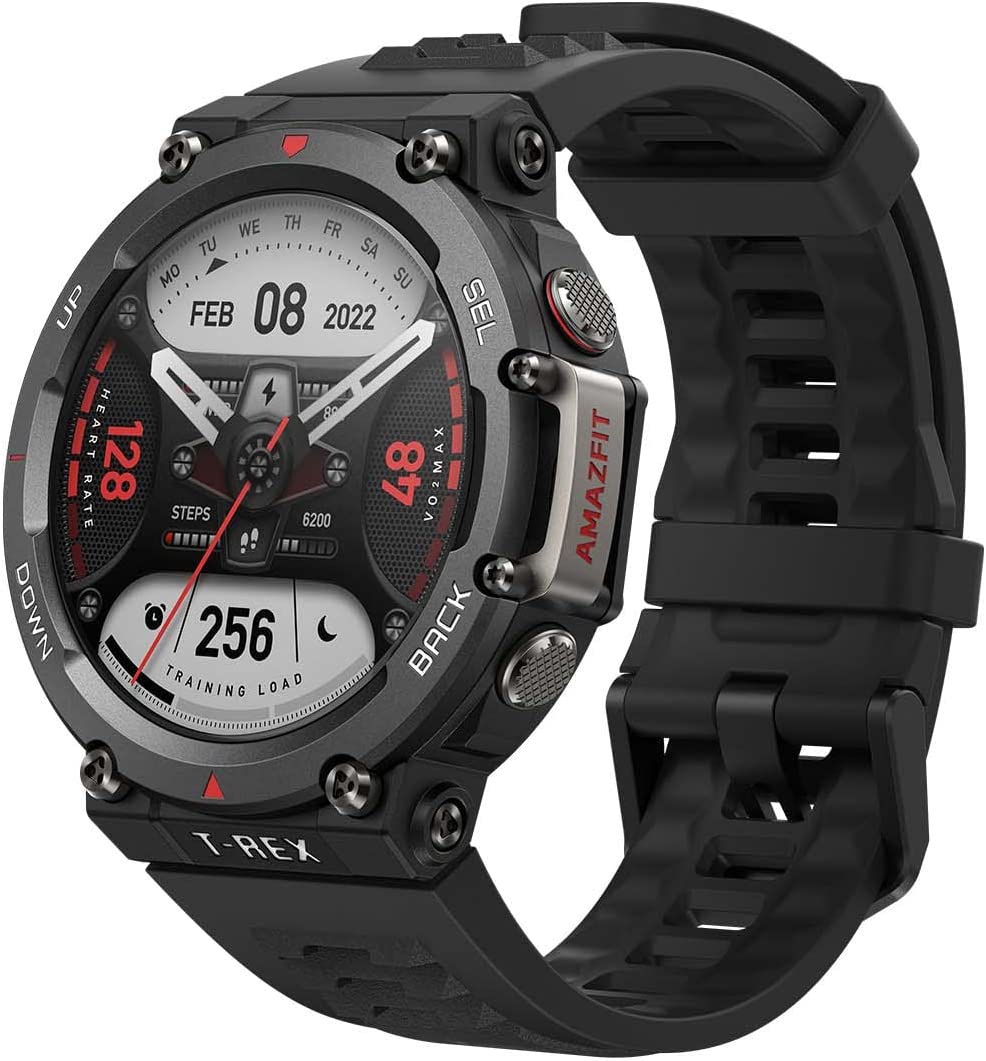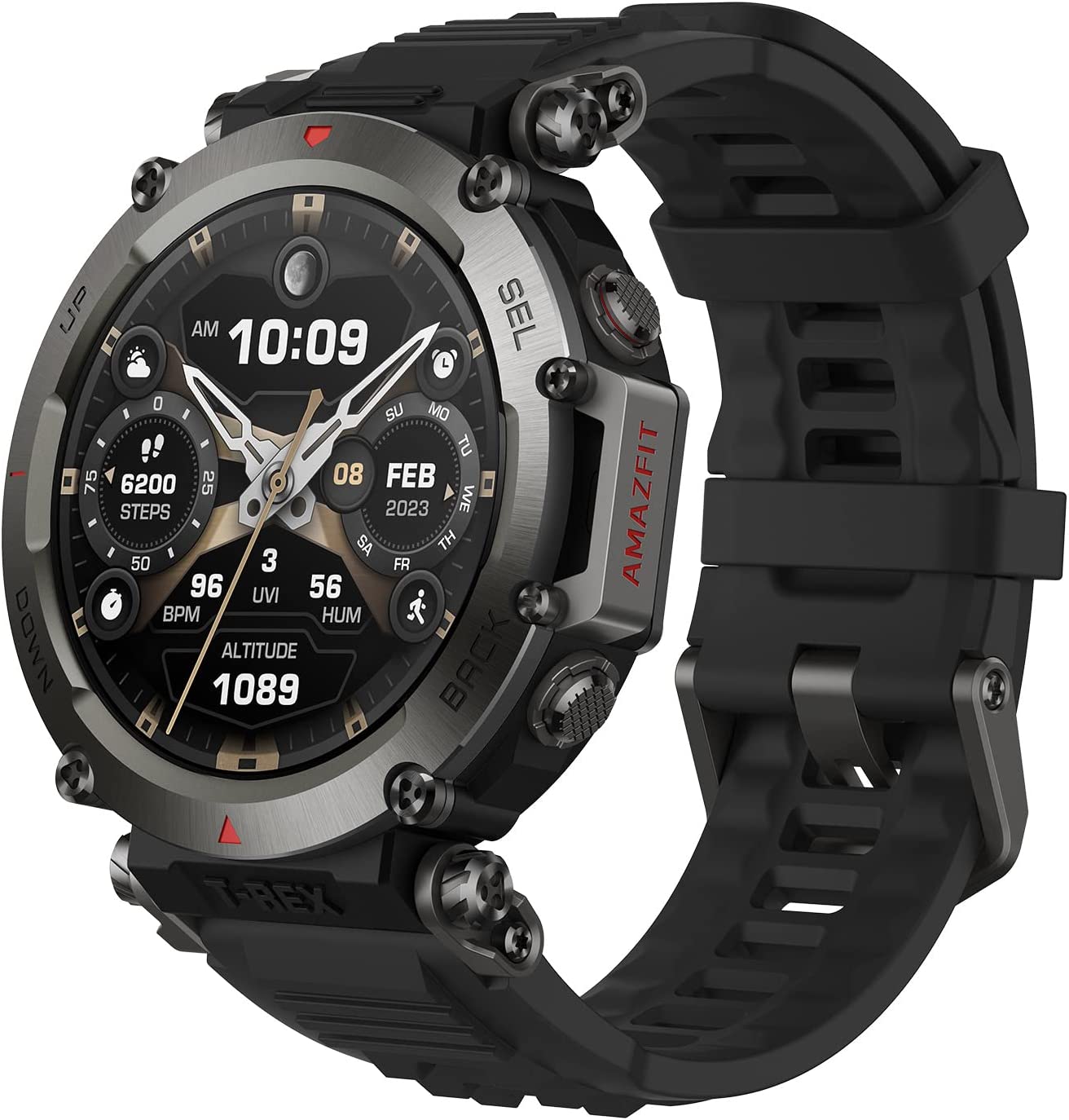Choosing a rugged smartwatch shouldn’t feel like trying to pick a tent in a monsoon—you just want one that works, handles a beating, and doesn’t make you miss your phone every five minutes. We’ve spent weeks living with the T-Rex 3, T-Rex Ultra, and T-Rex 2, and believe us: they may look similar, but the day-to-day feel is a different story.
The T-Rex 3 steps into the ring with serious swagger—bigger screen, sharper sensors, and way smarter features. But that doesn’t mean the Ultra and T-Rex 2 are outclassed. Depending on what kind of user you are—hiker, diver, weekend warrior, or just smartwatch-curious—one of these might suit you better than the others.
Let’s break down the real differences so you can pick your wrist companion wisely.
Bulk, buttons, and toughness: it’s all in the feel
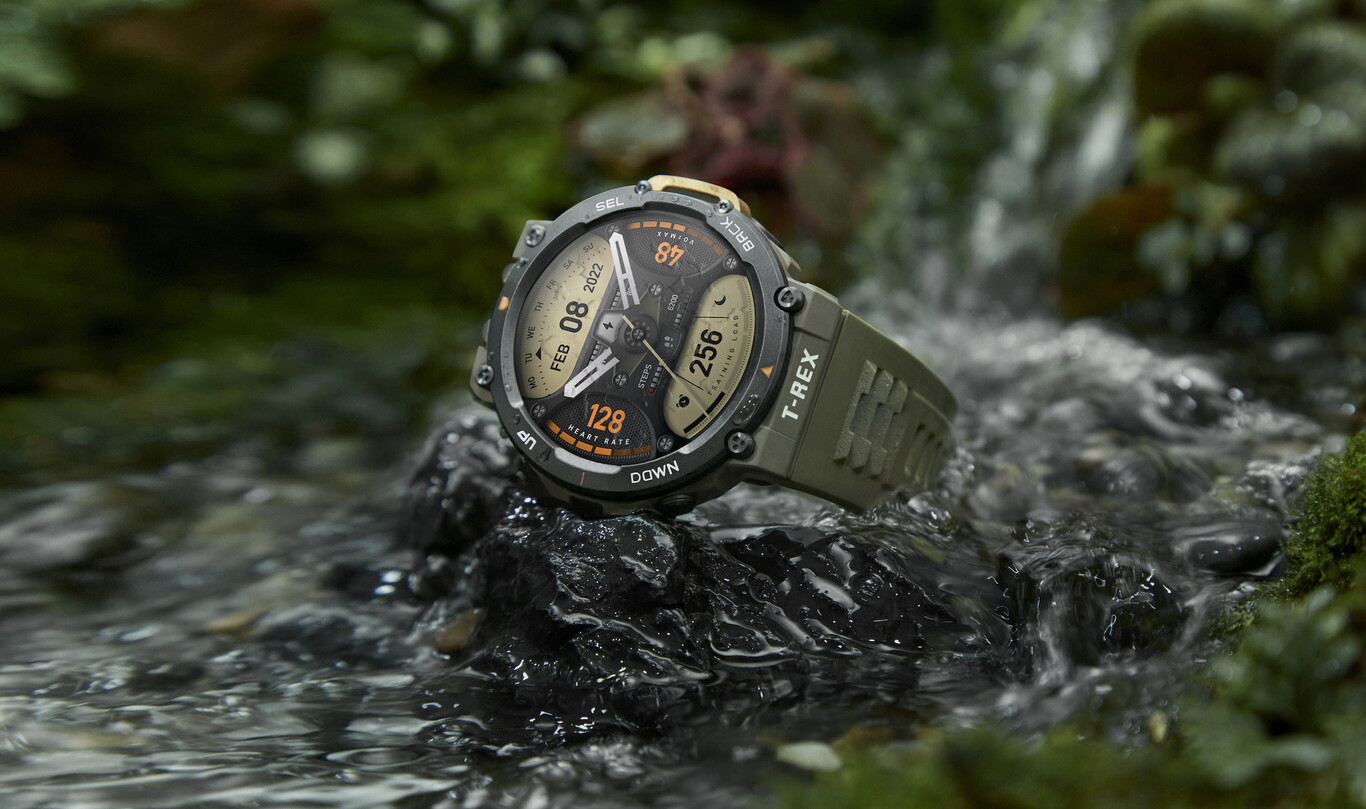
All three watches stick to that classic military-style formula—round face, four buttons, tank-like attitude. You won’t find any flimsy glass-and-aluminum combos here. But the vibe shifts when you look closer.
The Ultra is a beast—literally. With its stainless steel bezel and back panel, it feels like something you could hammer tent pegs with. It weighs in at a hefty 89 grams, and you feel every gram on your wrist. Some will love that chunkiness; others might get tired of it fast.
In contrast, the T-Rex 3 and T-Rex 2 use high-strength polymer, shaving off a good 20 grams. The T-Rex 3 lands at 68.3 grams, making it noticeably more comfortable for all-day wear—especially if you’re moving a lot. It also sports a bold octagonal case, which is a fresh departure from the more rounded T-Rex 2 and Ultra.
One clever touch on the T-Rex 3? You get a strap-changing toolkit right in the box, and it works with any 22mm quick-fit band. It’s the little things.
Display wars: brighter, bigger, better
Here’s where the evolution becomes obvious. The T-Rex 3 steps up with a 1.5-inch AMOLED display, not just bigger but also blazing bright at 2000 nits. Its 480×480 resolution makes watch faces look crisp even in full sunlight—something the other two struggle with at times.
The Ultra and T-Rex 2 stick with 1.39-inch displays and 454×454 resolution, which still looks good, but they max out at lower brightness, making outdoor visibility hit or miss depending on the lighting.
If you’re out hiking at noon or trying to read a notification while cycling, you’ll thank the T-Rex 3 for its visibility. It’s just a more usable screen, period.
Built to take a beating—on land or under water
All three are rated 10 ATM—so you can swim, snorkel, or sweat on them without blinking. But the T-Rex 3 adds an unexpected twist.
It’s certified for freediving up to 147 feet, making it the most aquatic-friendly model of the trio. You wouldn’t guess it from its weight, but it handles pressure like a champ. The Ultra’s stainless build might win for sheer impact resistance, but underwater? The T-Rex 3 quietly pulls ahead.
The T-Rex 2 holds its own with standard water resistance, but it lacks the diving chops or rugged polish of the newer models.
Sensor showdown: more photodiodes, better tracking
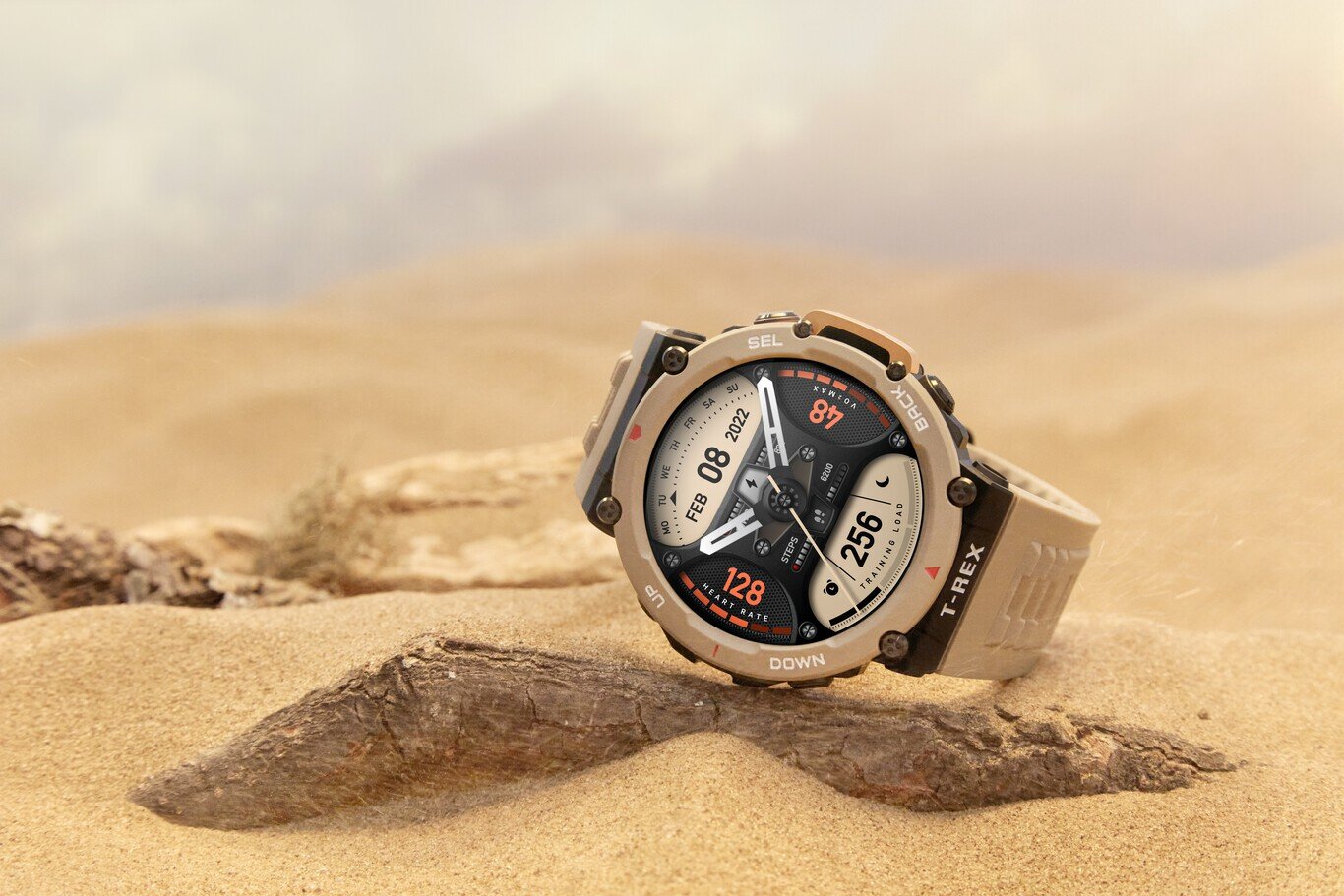
All three watches offer the basics: heart rate, SpO2, stress tracking, sleep analysis, step counting—the usual crew. But the devil’s in the details.
The T-Rex 3 runs with Amazfit’s newest BioTracker sensor: a 5PD + 2LED setup. Translation? More precise readings, faster response, and smoother data during high-movement activities. It catches fluctuations better and filters out noise from shaky conditions.
The Ultra and T-Rex 2 use BioTracker 3.0, which still works fine, but can lag slightly during interval workouts or intense climbs.
So if you’re the type who checks their HR mid-run or depends on real-time metrics, you’ll notice that the T-Rex 3 is a little quicker on the draw.
GPS and navigation: the good kind of boring
Surprisingly, this is where they all match up. Each watch offers dual-band, six-satellite GPS, which means fast lock-ons and solid accuracy, even in the middle of nowhere or under thick tree cover.
Whether you’re scaling hills, navigating city canyons, or just trying to find your trailhead again, all three give you reliable positioning. Nice to see some consistency here.
Smart features: the T-Rex 3 finally joins the future
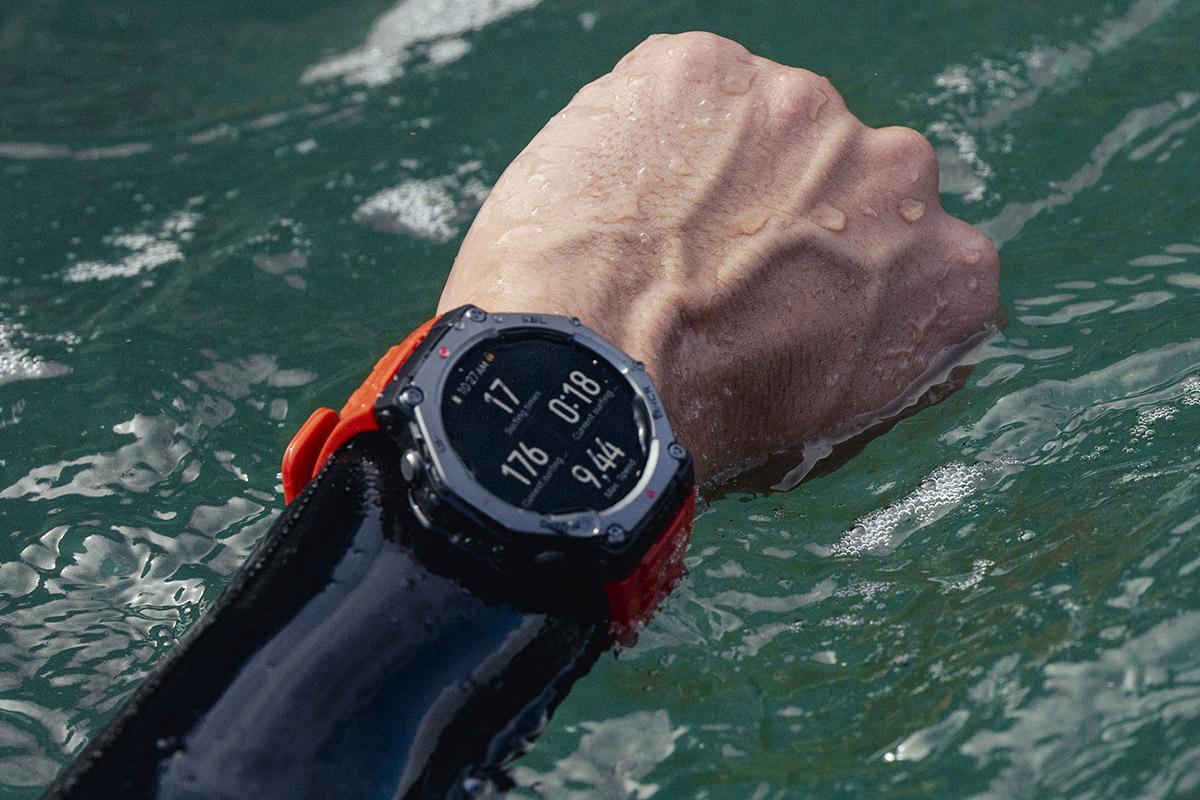
Okay, this is where the T-Rex 3 wipes the floor.
First off: it’s the only one with NFC, which means contactless payments if your bank plays nice. It’s also the only one with a built-in microphone, which means voice-to-text replies and Zepp Flow voice control. No speaker, though, so no phone calls—but you do get a beeper for alarms and notifications.
The Ultra and T-Rex 3 both support music storage and offline maps, which makes them great for long runs without your phone. The T-Rex 2 has neither, which feels limiting in 2025.
And here’s the connectivity breakdown:
-
T-Rex 3: Bluetooth 5.2 + WiFi
-
Ultra: Bluetooth 5.0 + WiFi
-
T-Rex 2: Bluetooth 5.0, no WiFi
That means faster syncing and smoother updates on the T-Rex 3. Again, it’s small stuff—but it adds up.
Battery life: it’s not just about days—it’s how you use them
These watches were made to last. But the T-Rex 3 packs the biggest battery—700 mAh—and it shows.
-
T-Rex 3: up to 27 days typical use, 13 days heavy use, 42 hours high-accuracy GPS
-
T-Rex Ultra: up to 20 days typical, 9 days heavy, 28 hours GPS
-
T-Rex 2: up to 24 days typical, 45 days in saver mode, 26 hours GPS
So technically, the T-Rex 2 does better in power-saving mode, but it cuts too many features to be worth it. The T-Rex 3 handles GPS and smart features while still outlasting the Ultra, which is impressive considering the screen size and sensor upgrade.
And let’s be honest—no one wants to baby a watch battery during a hike. You want the freedom to roam, and that’s where the T-Rex 3 shines.
Health tracking: the gap is in the details
You’ll get blood oxygen checks, heart rate graphs, sleep stages, and stress alerts on all three models. Nothing new there. But what sets the T-Rex 3 apart is consistency and responsiveness.
Its sensor picks up quicker during workouts, and the Zepp app shows more accurate HR zones and cleaner sleep data. You’re not just getting the same info—you’re getting better info, faster, which makes a difference when you’re trying to improve your pace or manage recovery.
Smartwatch features: T-Rex 3 edges toward lifestyle use
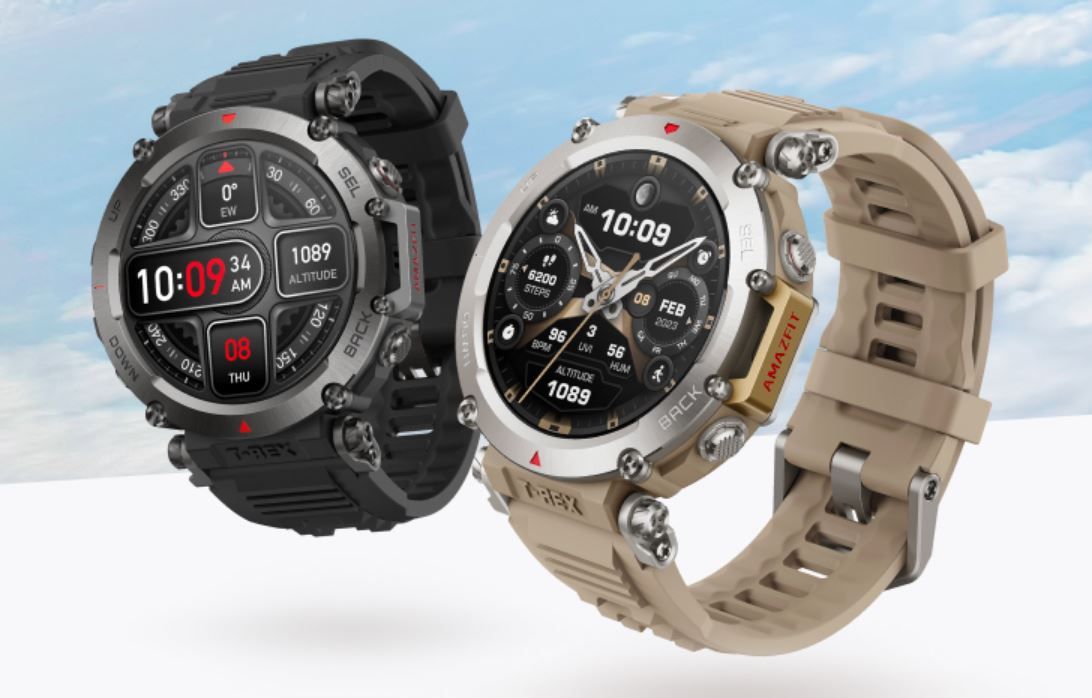
None of these watches are trying to be an Apple Watch. But the T-Rex 3 adds a layer of smartwatch utility that’s hard to ignore.
You can reply to messages with your voice, use the mic to interact with Zepp Flow, and manage music or alarms without reaching for your phone. The other two? They show notifications, and that’s about it.
So if you’re looking for a rugged watch that doesn’t make you feel off-grid the moment you step outside, the T-Rex 3 delivers a better balance of smart and sporty.
So which one earns your wrist space?
After all the hiking, syncing, sweating, and nitpicking, here’s where we landed.
The T-Rex 3 is the one that finally nails it. It doesn’t just look the part—it’s smarter, sharper, and longer-lasting. That bigger, brighter screen makes a real difference outdoors, and the new mic + NFC combo gives it real-world versatility the others just can’t match.
Sure, the Ultra has a more premium build, and if you’re someone who measures “rugged” by weight and steel, it might still be your pick. But for everyone else? It’s too heavy, too limited, and too expensive for what you lose in features.
And the T-Rex 2 is still a reliable, affordable choice, especially if you just want solid GPS and fitness tracking with zero fluff. But it feels like a product from two years ago—because it is.
If you’re buying now, the T-Rex 3 is the model that finally lives up to the idea of a modern rugged smartwatch. It doesn’t just keep up with you—it actually makes your life a little easier. And in the middle of a run, a storm, or a travel delay, that’s exactly what you need.

